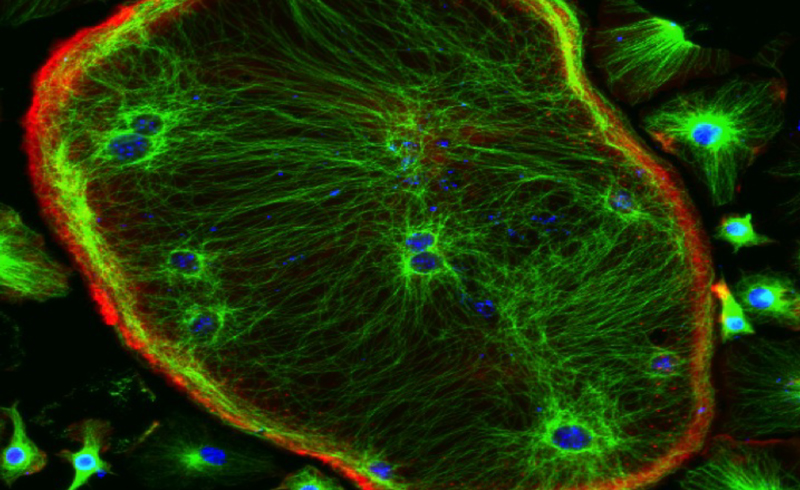
-
Careers • News • Contact us •
- Login
- Français
Creating new
knowledge
Exploring new avenues to develop tomorrow’s medical knowledge through an approach that integrates basic and clinical research
Our research units are led by principal investigators who collaborate in a spirit of collegiality and with the vision of bridging the gap between research and patients. They train the next generation of scientists and are independent and creative minds who work tirelessly to improve health.
Current research
Cellular Interactions and Development
The ultimate goal of the laboratory is to understand the mechanisms that regulate bone homeostasis. Throughout life, equilibrium between two opposite phenomena, bone formation and bone resorption, has to be maintained. When osteoclast activity is affected severe diseases such as osteoporosis and osteopetrosis can occur. Particularly, osteopetrosis is observed when osteoclast cells are deficient or absent, thereby causing an excess of bone mass and a severe reduction of the bone marrow cavity, leading to a deficit in the hematopoietic system and increased susceptibility to infections. In humans and mice, the most severe form of this disease is associated with mutations in the Ostm1 gene.
To gain insights into osteopetrosis, the team studies the grey-lethal Ostm1 null mouse model that reproduces the human infantile and most severe form of this disorder. In addition to its role in bone tissue, we have been able to demonstrate that the Ostm1 gene is essential to the immune system and the central nervous system including the retina. Using complementary genetic engineering, biochemistry and proteomics approaches, we want to characterize the molecular and cellular mechanisms involved in tissue interactions to identify therapeutic targets.
| Team |
|
| Affiliations |
|
| Degrees and experience |
|
Ongoing Projects
- Mechanistic analysis of osteoclast fusion
- Ostm1 and thymic homeostasis
- Neuronal and retinal proteomics
Illustration : Immunoflurescence staining of a mature multinucleated osteoclast differentiated in culture

Important Discoveries
Tools
| Press review |
| Press review |
| Grants |
| Recognitions and honors |
Join the
group Research
Available positions
Ongoing clinical studies
Research Partners
Life in the
laboratory

© Montreal Clinical Research Institute, Année.All rights reserves. | Privacy policy | Terms of use | Web site by Agence Riposte

